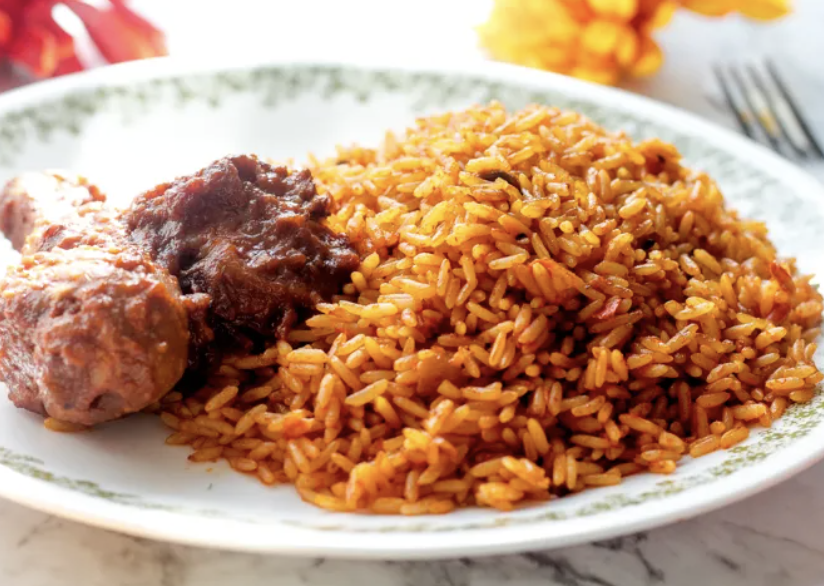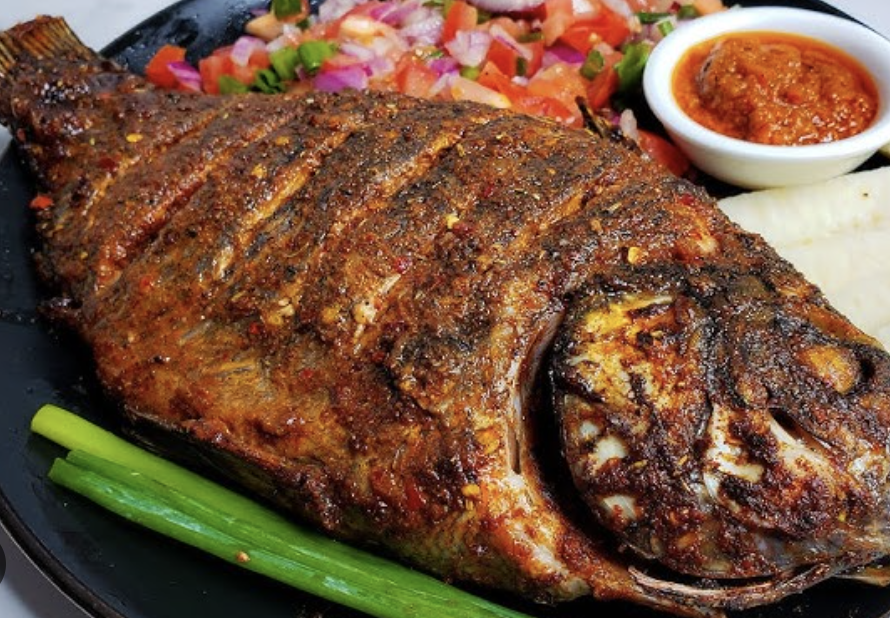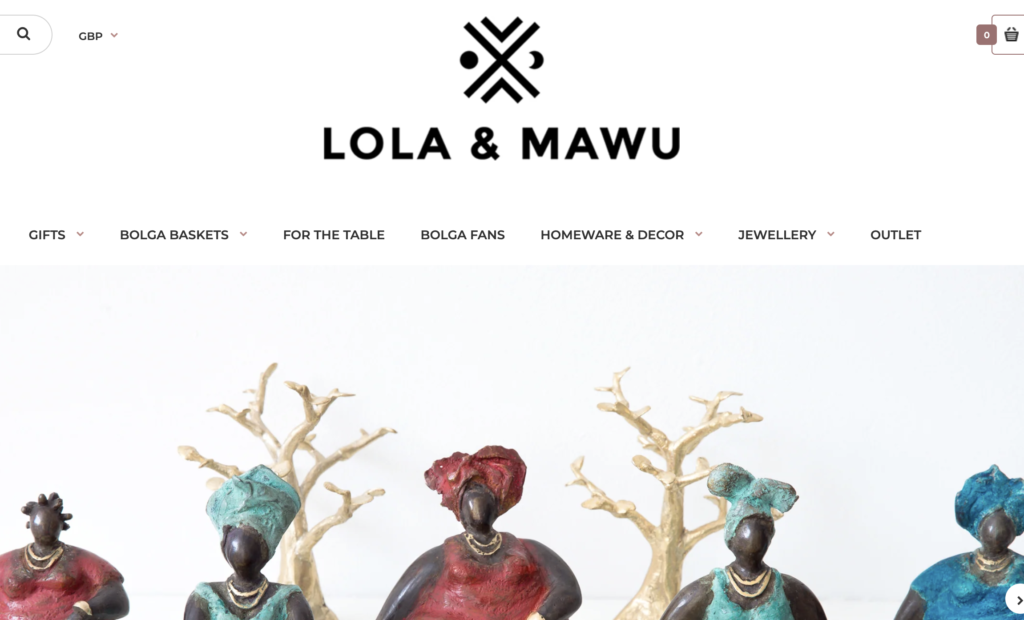Africa’s culinary heritage is a mosaic of flavor, tradition, and community—and the tools used to present these dishes are evolving just as meaningfully. Ceramic tableware, once considered more of a Western kitchen staple, is now weaving itself into the everyday dining and cultural rituals across many African regions.
From bustling Lagos homes to coastal kitchens in Nairobi, beautifully crafted ceramic plates, bowls, and serving platters are no longer just utilitarian items—they’re becoming statements of pride, aesthetics, and even cultural revival. But what’s driving this shift? Let’s take a closer look.
Tradition Meets Modernity: Why Ceramic Tableware Fits African Lifestyles
Historically, African families have used wooden bowls, calabashes, or stainless steel for everyday dining. However, as urbanization and global design trends influence younger generations, there’s a growing appetite for kitchenware that blends tradition with elegance.
Ceramic tableware is becoming popular for several reasons:
- Durability for frequent communal meals
- Heat retention ideal for stews and soups
- Aesthetic value that aligns with modern interior decor
- Safe, non-toxic glazing suitable for organic or farm-to-table lifestyles
More importantly, ceramics honor the art of presentation, which is becoming increasingly valued in African households, especially among food enthusiasts and the emerging middle class.
The Influence of African Culinary Identity
African cuisine is diverse, colorful, and communal. Whether it’s injera served with lentils in Ethiopia, jollof rice in Nigeria, or grilled tilapia in Ghana, the experience of sharing food is sacred. Ceramic dinnerware enhances this experience in subtle but powerful ways:

- Plating Matters: Beautifully curved ceramic plates bring out the vivid colors of ingredients.
- Portion Sharing: Ceramic serving platters make it easy to serve communal dishes in traditional styles.
- Thermal Benefits: Ceramic bowls retain heat, perfect for slow-cooked dishes like tagines or peanut stew.

Moreover, many African chefs and food bloggers are embracing ceramic tableware on social media platforms, helping influence everyday consumers.
A Regional Perspective: Top Ceramic Tableware Brands in Africa
To understand how ceramic tableware is taking root in the continent, let’s explore five influential African brands championing this trend:

| Brand Name | Country | Product Highlights | Style Aesthetic | Distribution Channels |
|---|---|---|---|---|
| Earth House | South Africa | Hand-thrown ceramic dinner sets, bowls, mugs | Minimalist, earthy tones | Online store, design boutiques |
| Lola & Mawu | Ghana | Artisan-inspired ceramic plates & platters | Tribal patterns, bright colors | Local markets, lifestyle stores |
| Nokware Living | Nigeria | Eco-friendly homeware with ceramic dishware line | Afro-modern, clean finishes | Social media, e-commerce |
| Shaba Ceramics | Kenya | Kiln-fired ceramic dining sets for hotels | Rustic, natural textures | Hospitality supply, artisan fairs |
| Yene Studio | Ethiopia | Small-batch ceramic serveware and tagine sets | Traditional meets modern | Custom orders, urban pop-up events |
These brands not only celebrate local artistry but also meet modern expectations for quality, safety, and sustainability. Their rise also reflects broader trends such as eco-conscious living and support for local craftsmanship.
Export Meets Local: How Imported Ceramic Tableware is Filling the Gaps
While locally made ceramics are gaining traction, many African markets still rely on imported ceramic tableware—especially for premium hotel, restaurant, and gift shop supply. Long-tail keywords such as “affordable ceramic tableware sets for African hospitality industry” and “customized ceramic plates for African kitchen brands” are increasingly searched by B2B buyers and resellers.
These imports often offer:
- Consistent quality control for bulk orders
- Custom branding for hospitality and gifting
- Affordable pricing through OEM/ODM partnerships
As e-commerce platforms grow in Africa—especially in Nigeria, Kenya, and South Africa—imported ceramic kitchenware is now more accessible to middle-income households and boutique retailers alike.
Social Media: A Driving Force Behind the Tableware Aesthetic
Platforms like Instagram, TikTok, and Facebook Marketplace are redefining how Africans shop for kitchen and dining goods. Influencers, home chefs, and interior designers regularly showcase their ceramic plate collections, encouraging followers to elevate their dining setups.
In West Africa, Instagram live selling has become a common way to sell ceramic gift sets and custom dinnerware. Meanwhile, in East Africa, many vendors utilize WhatsApp Business for personalized ceramic orders. In North Africa, Facebook Shops and Souq-style marketplaces help spread visibility for both local and imported ceramic tableware.
This digital exposure is directly influencing consumer preferences, with search trends showing a rise in terms like:
- “handmade ceramic plates for African homes”
- “modern African dinner sets for gifting”
- “ceramic tableware wholesalers in Africa”
FAQs: People Also Ask
Q1: Is ceramic tableware suitable for African cuisines that require high heat or oils?
Yes! High-fired ceramic tableware is resistant to thermal shock and is ideal for serving hot, oily dishes like egusi soup, nyama choma, or suya.
Q2: Are there African ceramic brands that cater to both tradition and modern aesthetics?
Absolutely. Brands like Lola & Mawu and Earth House combine tribal motifs with minimalist forms to appeal to both modern and traditional tastes.
Q3: How can African gift merchants source customized ceramic tableware?
Gift merchants can partner with OEM/ODM ceramic factories that offer customized logos, packaging, and shapes for African culinary use and gifting.
Q4: Is ceramic tableware safe for everyday family use in African homes?
Yes, especially if it’s lead-free and glazed properly. Most modern ceramic products meet international food safety standards.
Q5: What’s the price range for ceramic dinner sets in African markets?
Prices vary widely. Locally made artisan sets might range between $20–$50, while imported, customized ceramic dinnerware can start around $15 per set in wholesale quantities.
Final Thoughts: Ceramic Tableware and Africa’s Culinary Future
The growing popularity of ceramic tableware across Africa is not just about trends—it reflects a deeper desire to fuse heritage with design, and functionality with beauty. As African households, hotels, and gift shops continue to embrace ceramic dinnerware, the demand for high-quality, customizable products will only rise.
For global kitchenware buyers, gift merchants, or cross-border e-commerce sellers looking to tap into this expanding market, partnering with a reliable OEM & ODM ceramic tableware factory in China can be the key to success. These manufacturers can provide African-style customizations, meet bulk needs, and ensure consistent quality for local market preferences.
EKA is proud to support global ceramic tableware brands in this journey—offering end-to-end OEM & ODM services from our factory in China, tailored to the tastes and traditions of markets like Africa.

